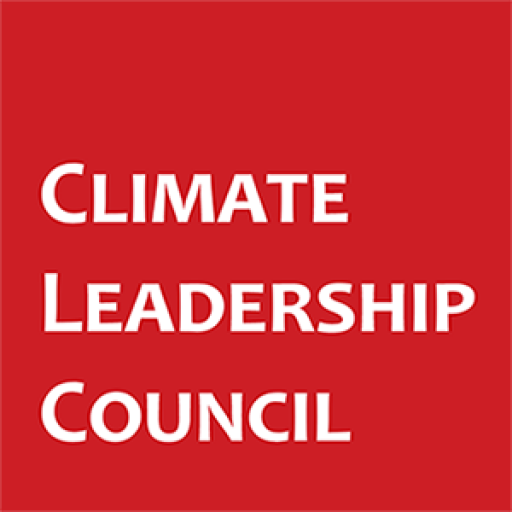The Climate Leadership Council is obsessed with data. Here is one trend we’ve been thinking about lately:
Democrats and Republicans, environmentalists, and industry often note that U.S. CO2 emissions have fallen in recent years. But in 2005, the trends within the U.S. economy, energy sector, and demographics[i] showed emissions were projected to rise 32% by 2022. So, why did they fall 18% instead? Was it natural gas displacing coal? Better vehicle fuel efficiency? Greater deployment of renewables? Let’s take a look[ii]…
Figure 1: Factors Accounting for the Gap Between Projected and Actual U.S. CO2 Emissions, 2005-2022
in million metric tons (MMT) of CO2

The U.S. cut annual CO2 emissions by roughly a gigaton since 2005—from 5,641 million metric tons (“MMT”) to 4,638 MMT. For context, the 1,003 MMT reduction was greater than the 2022 emissions of all but the eight-highest emitting countries in the world.
Above we see pre-2005 expectations failed to predict rapid changes in the generation mixture towards lower carbon sources, additional energy efficiency, and two major economic recessions (the Great Recession and COVID)—both of which had lasting structural impacts on the economy and emissions. These were the largest contributors to avoiding the expected emissions growth, setting the U.S. on a path toward establishing the carbon advantage it has today.
Breaking down the 2,789 MMT of “avoided” CO2 emissions[iii] a bit further:
- Power Sector (1,705 MMT)
- The carbon intensity of U.S. power generation (967 MMT) decreased 39% because of changes in the generation mixture:
- Coal-to-gas and oil-to-gas switching (742 MMT, approximately equal to the combined CO2 emissions of Texas and Indiana in 2022)
- Growth in solar and wind generation (225 MMT)
- Energy efficiency (600 MMT) for light bulbs, HVAC systems, industrial equipment, etc. affecting electricity load from homes, structures, and factories
- Slower population and economic growth (138 MMT) including a decrease in population growth rates post-2005 and a slowdown in GDP growth resulting from the “Great Recession” and COVID-19 pandemic
- The carbon intensity of U.S. power generation (967 MMT) decreased 39% because of changes in the generation mixture:
- Fossil Fuel Consumption (1,084 MMT)
- Residential, commercial, and industrial energy efficiency (270 MMT) such as improved efficiency for space heaters and water heaters
- Transportation energy efficiency (224 MMT) such as reducing congestion or improving the mileage of cars, trucks, and other vehicles
- Slower population and economic growth (590 MMT) with a negative impact on household income, industrial output, vehicle miles, etc.
[i] U.S. CO2 emissions anticipated in 2005 based on long-term trends in population and economic growth, energy consumption per capita and per dollar of GDP, robust load growth, and roughly half of U.S. power generation coming from coal plants. Many factors experienced discontinuous changes between 2005 and 2010 because of simultaneous shocks to the economy and energy sector.
[ii] Sources include the Bureau of Economic Analysis, Bureau of Labor Statistics, U.S. Census Bureau, U.S. Energy Information Administration, U.S. Environmental Protection Agency, mileage data from the Federal Highway Administration, and the State Energy Data System (“SEDS”)
[iii] This chart is an update and expansion of a study by the U.S. Energy Information Administration released in October 2018. It includes more recent data and has a scope including the whole economy rather than only the power sector, https://www.eia.gov/todayinenergy/detail.php?id=37392.
